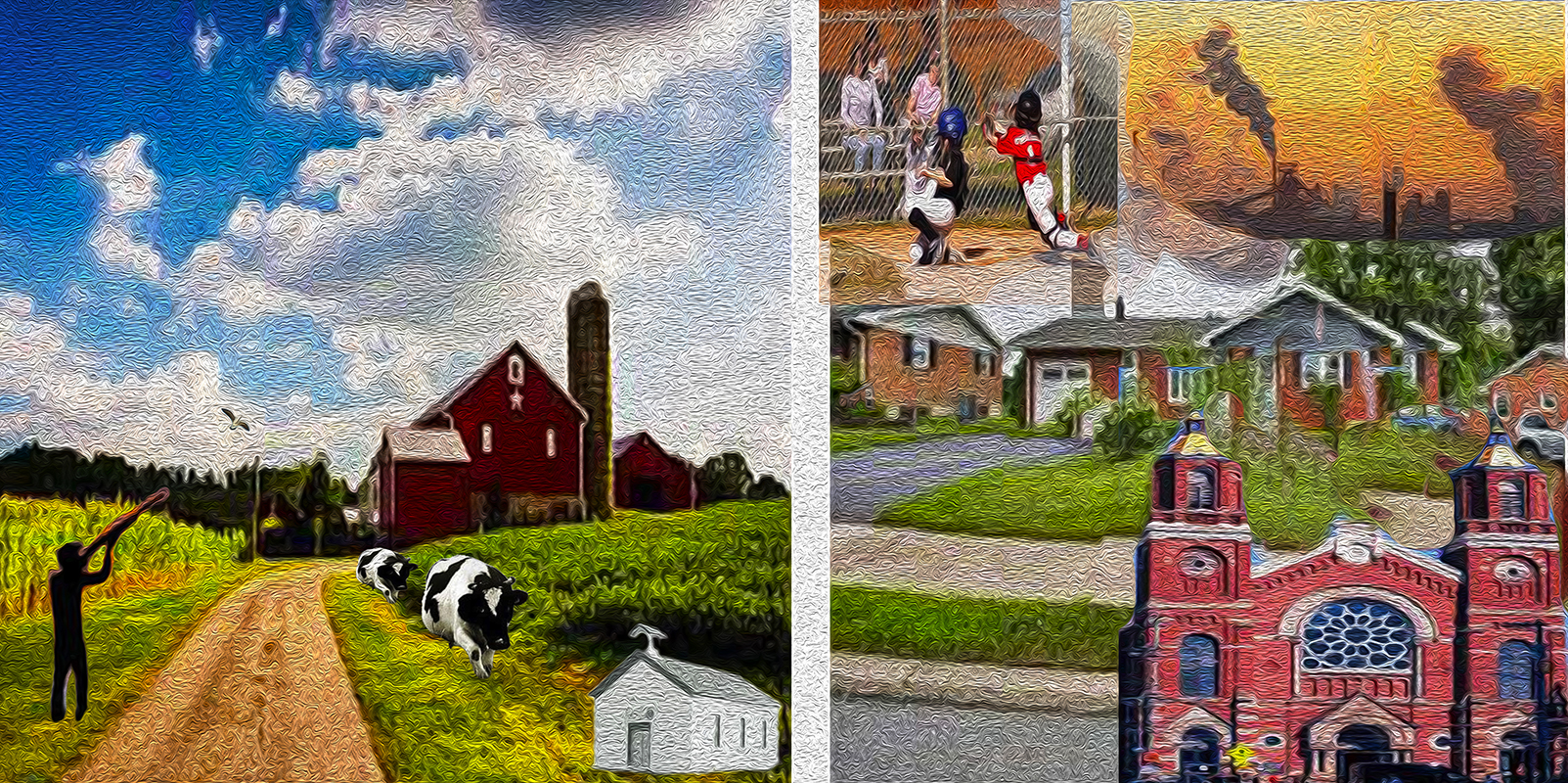Hi Jim, We are finally getting some better weather. The Wood Ducks showed up yesterday. I was out in my blind shooting last evening. Here are a few shots. Dave
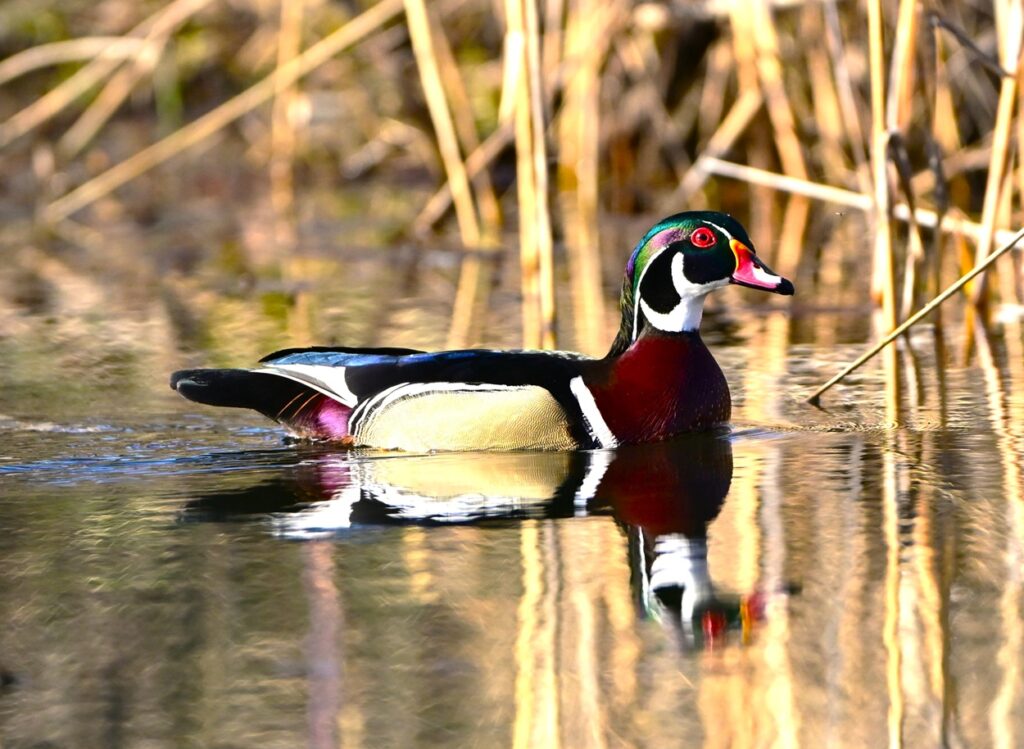



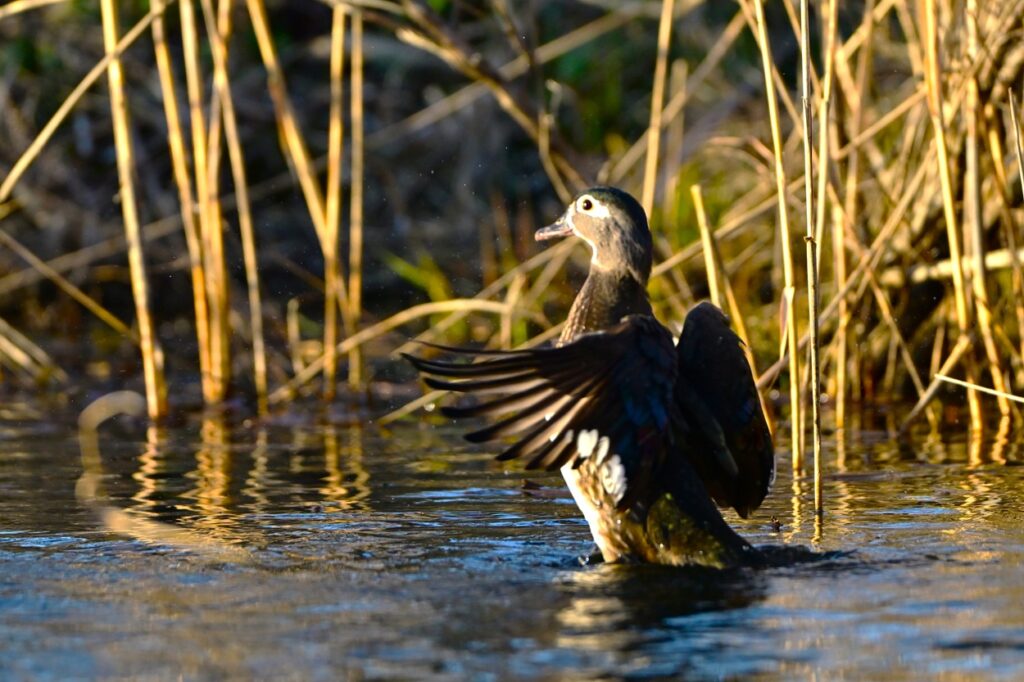
Hi Jim, We are finally getting some better weather. The Wood Ducks showed up yesterday. I was out in my blind shooting last evening. Here are a few shots. Dave





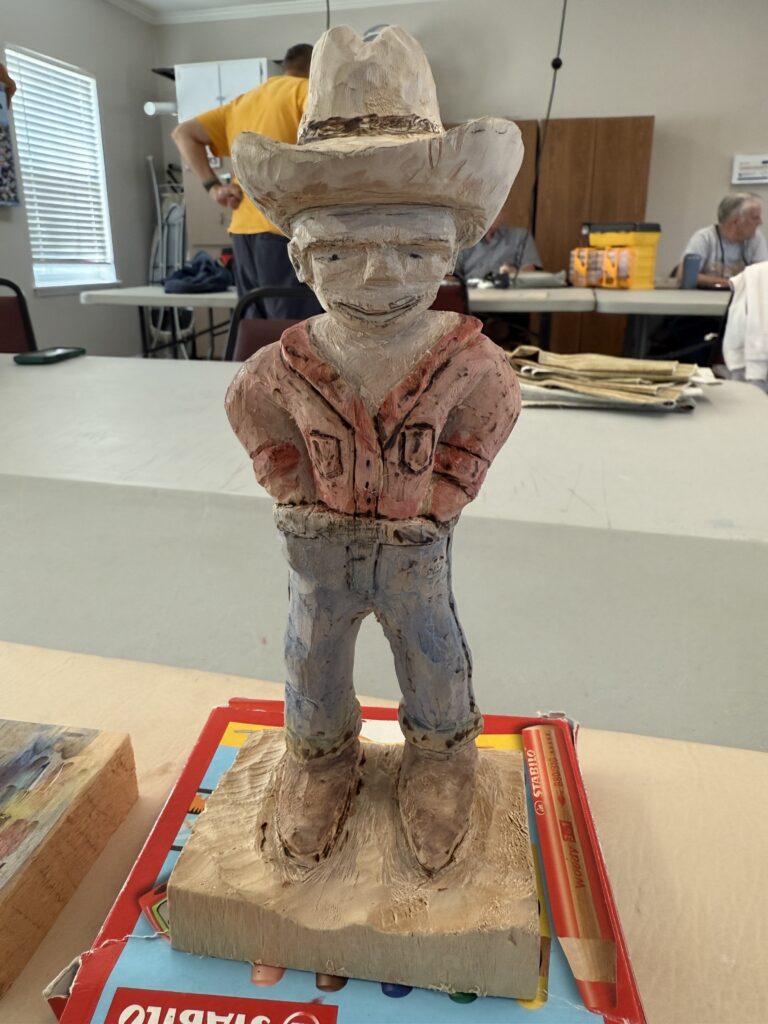
I am testing a new 2024 into 2025 format. This my current wood carving project – The cowboy is getting some color. This is my first attempt and wood burning and water color to bring a new view to my carvings. Still have a little more to go on this cowboy.
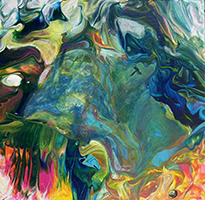
In the upper left corner is an image of an “in process” piece of abstract art that Gloria allowed me to use as a base for the following image I made depicting some of my life’s Blue Spaces – THANK YOU Gloria!

A STORY FROM MY LIFE OF BLUE SPACES:
My Kids and Grandkids are brightening my dreams. The Kids, looking to retirement, are moving to new homes. The Grandkids, becoming independent, are selecting new apartments and college dorms. All their moves are in exciting new environments.
That prompted me to think about the first move I made when I was 19 years old. I left the isolation of the Brethren homestead farm on the ridge which had open views of 30 miles across the next valley. But, I also wanted water views and the creek on the homestead did not offer that. It was only 2 feet wide and 3 inches deep as it started its journey to the ocean.
For the next 70 years, living near open spaces and water, was programmed into my brain. I lived on two islands, had an offices overlooking the Atlantic Ocean, had an office overlooking the harbor in Copenhagen, had an office and home overlooking the Texas Hill Country, raised a family high on a hill in a suburb of New York City, and returned to live on the Brethren homestead in Pennsylvania for two years. In addition to that I spent 70 years vacationing on Caribbean Islands, Newfoundland Island, Alpine and Rocky Mountain ski resorts, and worked in many more cities with lots of water, like Amsterdam.
A little research will show you that living near water and open space is referred to as “Blue Spaces” The research results are filled with words like calming, physical activity, sleep quality, sun light and vitamin D, and space for creative thoughts. I hope you can find time to research Blue Spaces and hope you are influenced by your findings.
Most people think about oceans, lakes, and rivers when they think about Blue Spaces. But you might be surprised to learn that just about any place with access to water and breathing room, can be counted as a Blue Space, including streams, ponds, fountains, and mountains.
As you have just read, I had 89 years of Blue Spaces. I enjoyed each and every year. That is why I wish for my Kids and for my Grandkids, as they start out on their new journeys, the same success that I had in finding and enjoying blue spaces.

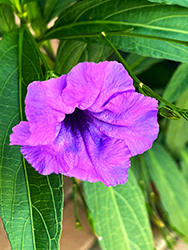
This is a tribute to my great friend Allen Hoey, who passed away several years ago. Allen showed me how to truly enjoy animals. Our domestic ones and the wild ones, that chose to live near us, were all one big family. Allen and I watched them, fed them, rode them, drove them, trained them, cared for them, and talked to them. They boosted our well-being by providing exercise and companionship. Using Allen’s attitude toward animals, we had none of the stress so often available by sitting in front of a television or gossiping on-line. I thank you, Allen!
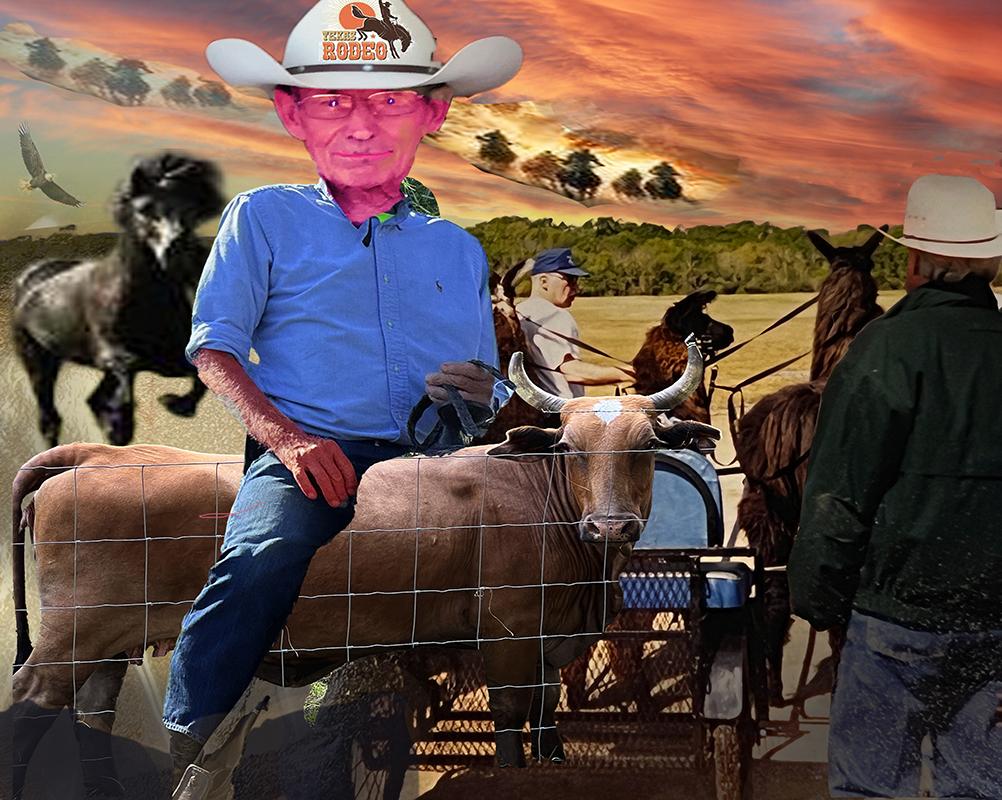

Dave wrote: Hi Jim, Here are some pictures for the blog. We are still in the midst of real winter here in Rome, NY. Lots of snow and no sign of spring yet. Here are some pictures of Cardinals at our feeders. They are the only sign of any color in our area. Dave
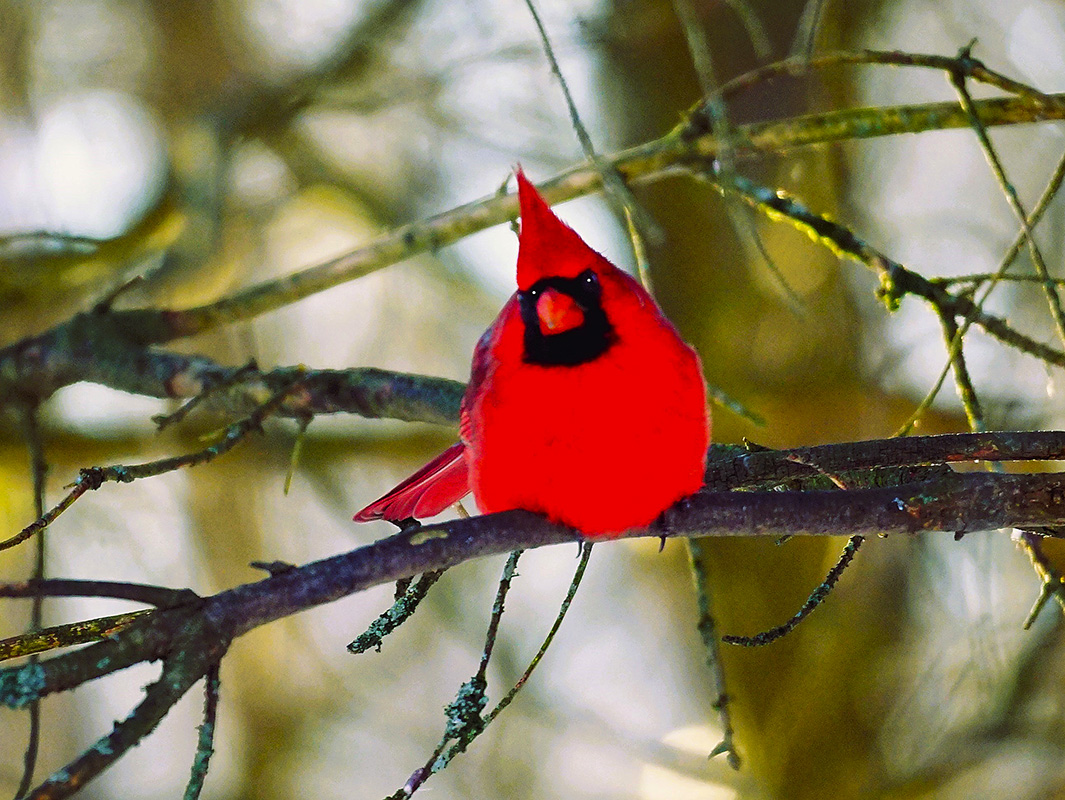

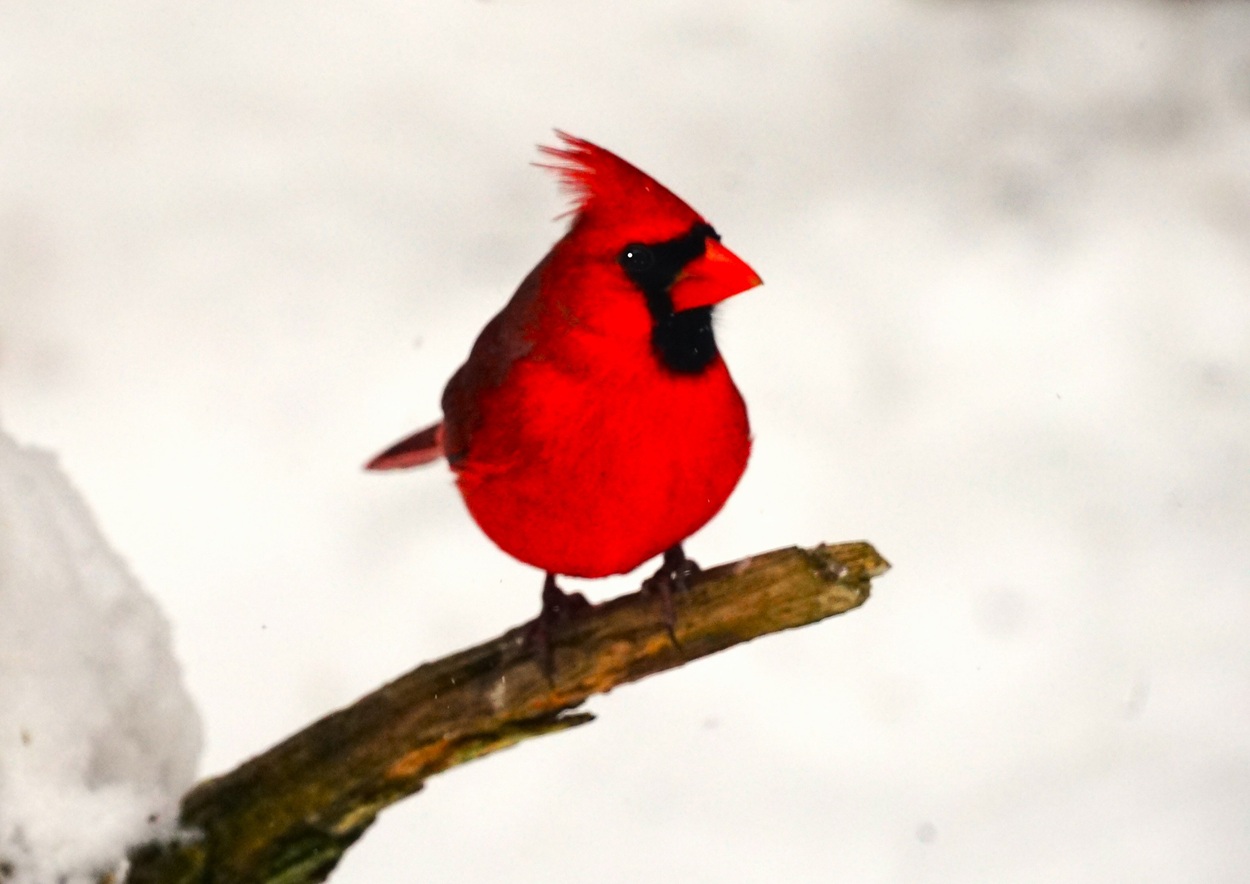


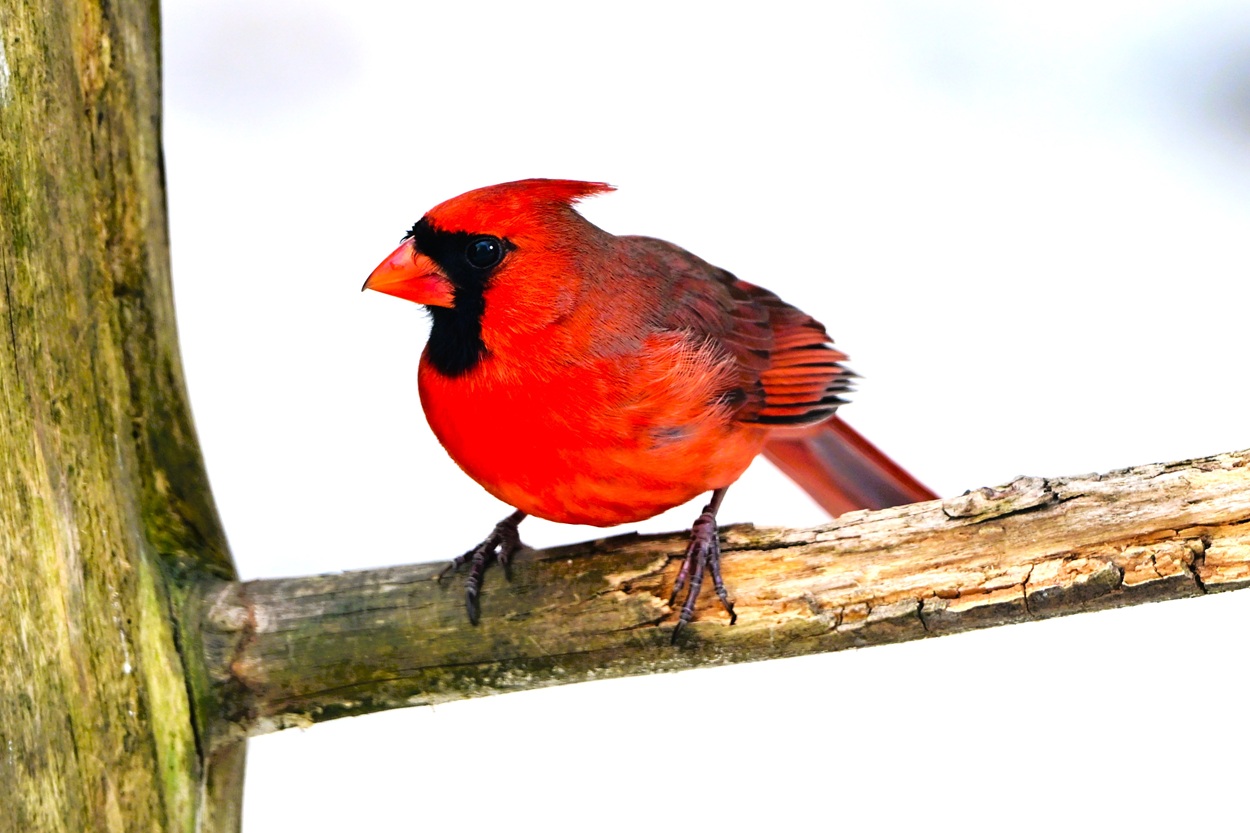
Sister Doris, Me, and our Mother – with my pony, in the snow, in the early 1940’s
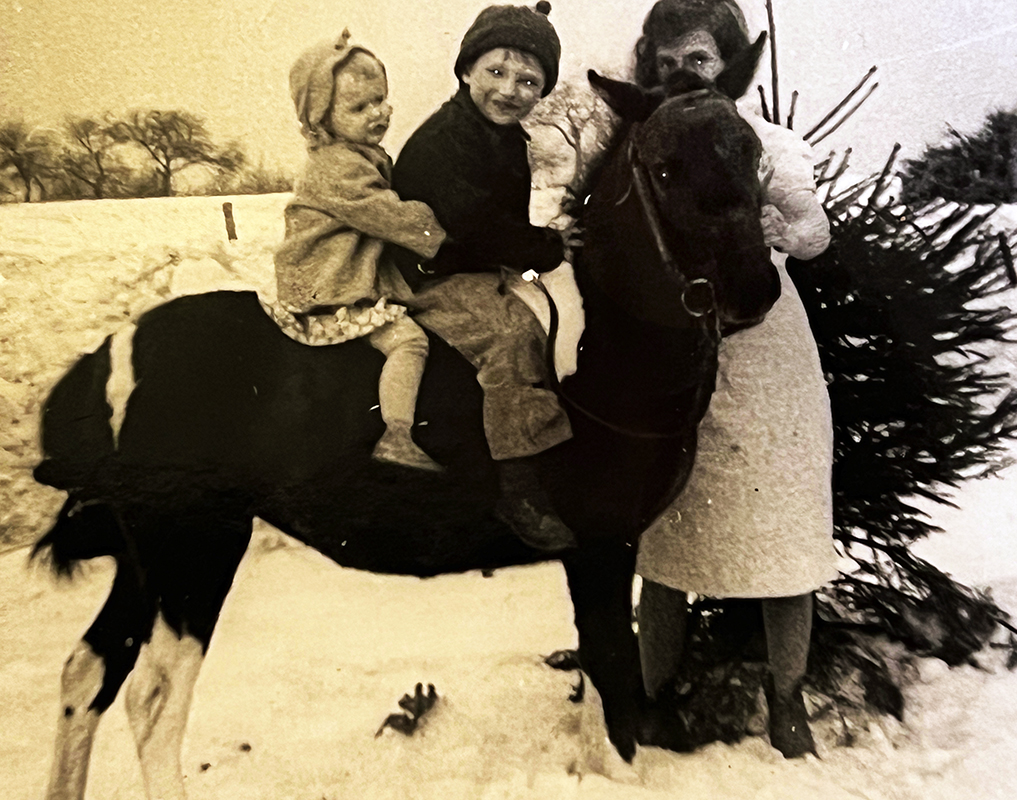
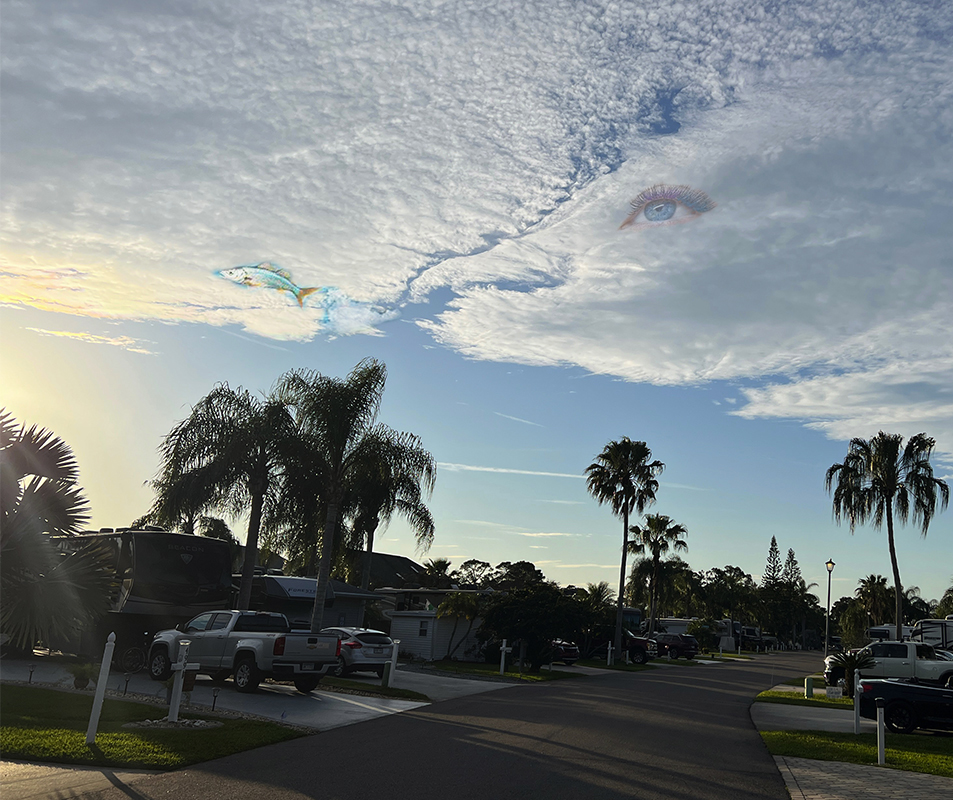


Dave wrote: Hi Jim, Here are some pictures for the blog. An immature Cooper’s Hawk hanging around our yard and bird feeders. I did not see it make a kill. I sent you some shots of an adult a few days ago. The immatures have a completely different plumage. Dave


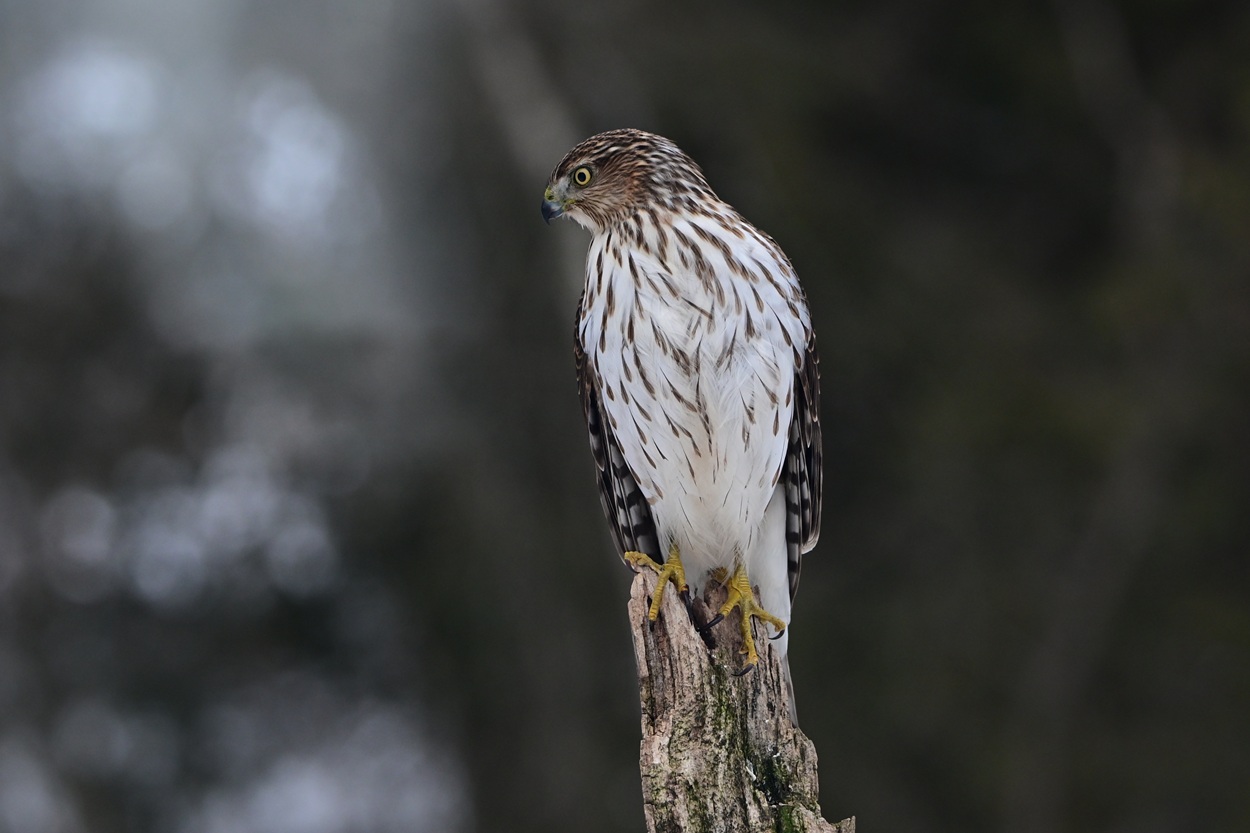
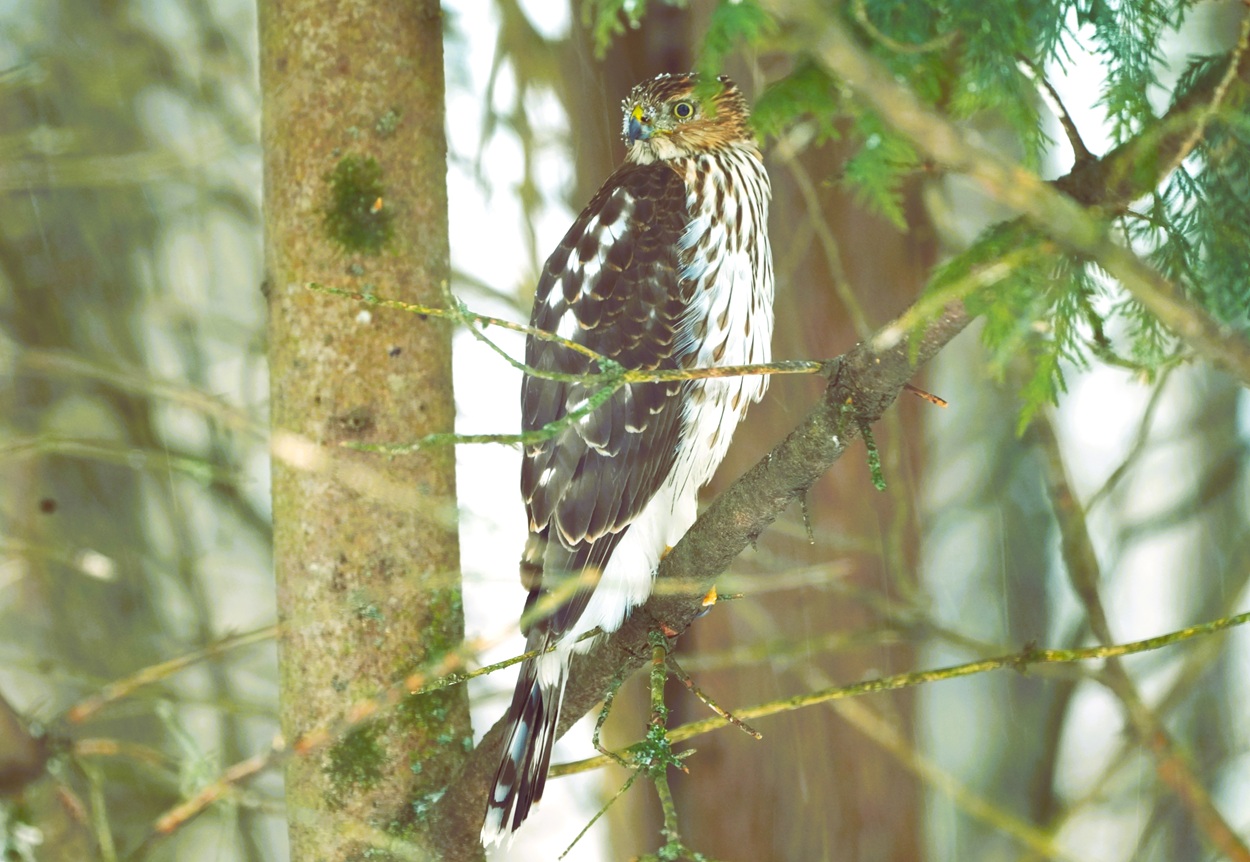


I WROTE: On a small farm in the 1940’s, most work was done by hand and the farm was the primary source of food for the extended family of Brubake’rs.
My dad ran the farm, so we were either out in the field, in the barns, or in the chicken yard. Every hour we had interaction with birds. Swallows had their mud nest in the barn, birds ate spilled grain from the barn floor, pheasants and doves gathered to glean grain and bugs from the fields, crows were always stealing planted corn, flocks of geese landed in the cow pond to rest overnight, and owls kept the mice population under control. Chickens kept the Brubaker compound in eggs and meat.
Birds were just part of us. We did not go out to watch them, photograph them, or study them – we just enjoyed that farm with so many birds..
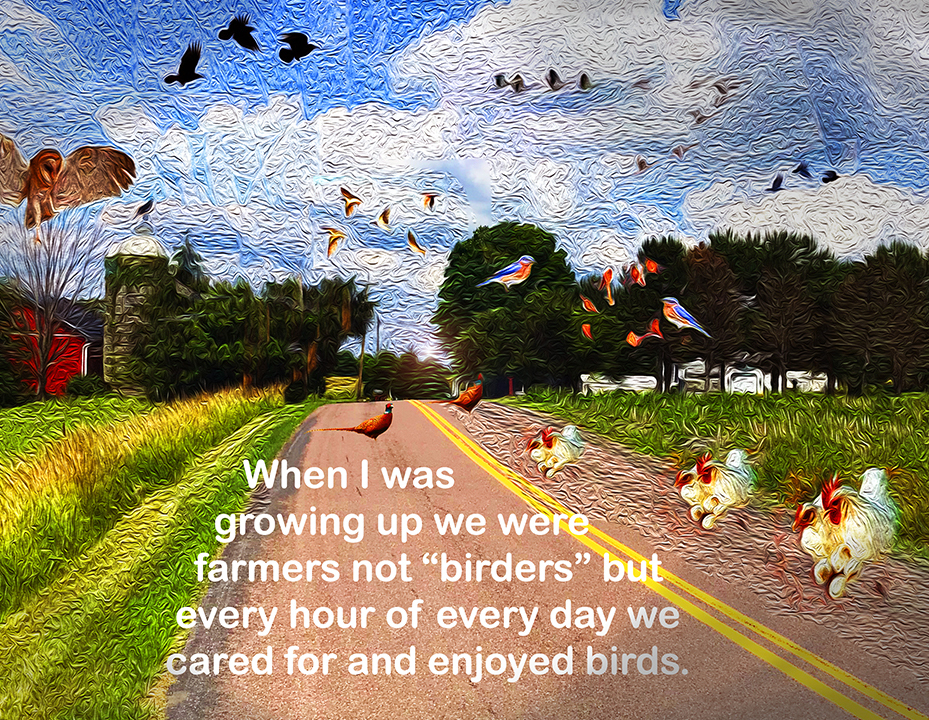


Dave wrote: Hi Jim, Here are some pictures for the blog. An adult Cooper’s Hawk. This bird was hanging around the bird feeders in our back yard this morning. I’m sure this is the same bird I sent you pictures of a week or so ago. Cooper’s Hawks are bird hunters. I’m sure she was looking to grab a bird for a meal. I have found feathers of Morning Doves around the yard that were probably her kills. Female raptors are larger than males. She is quite large so I believe she is a female. We love to see raptors around our yard and to photograph them. Dave
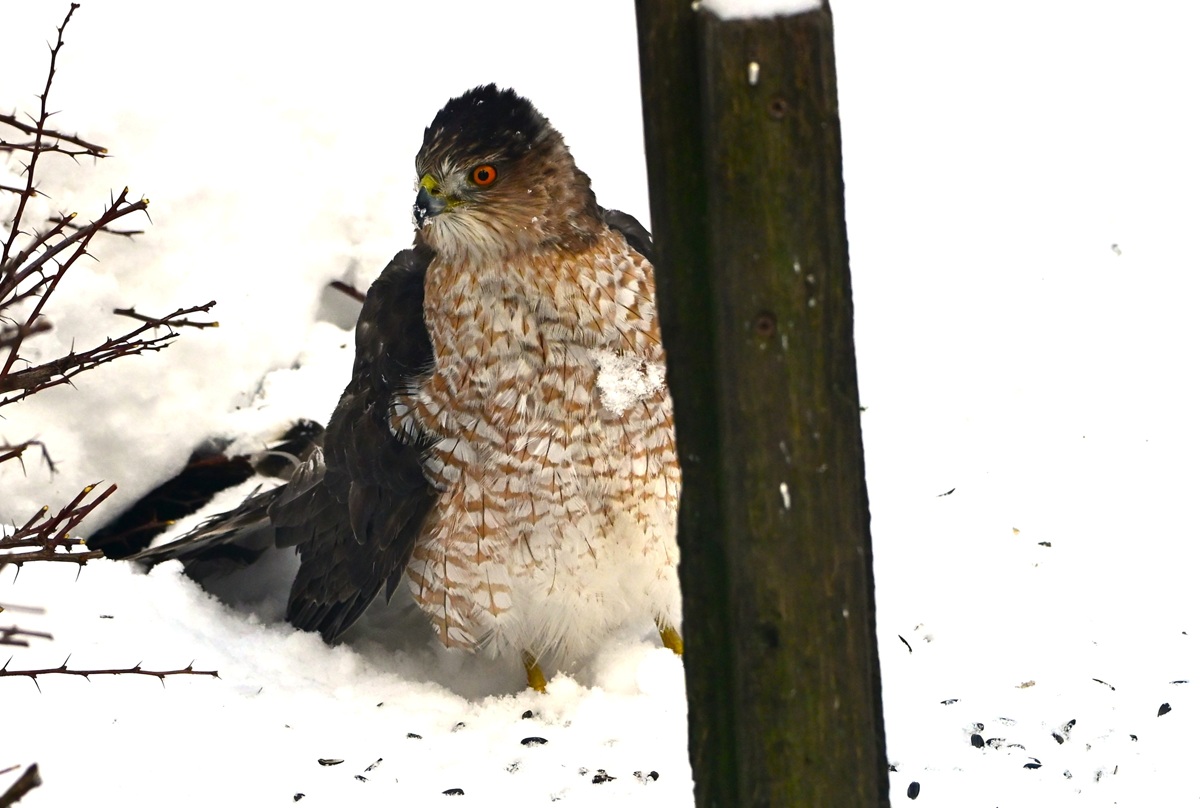

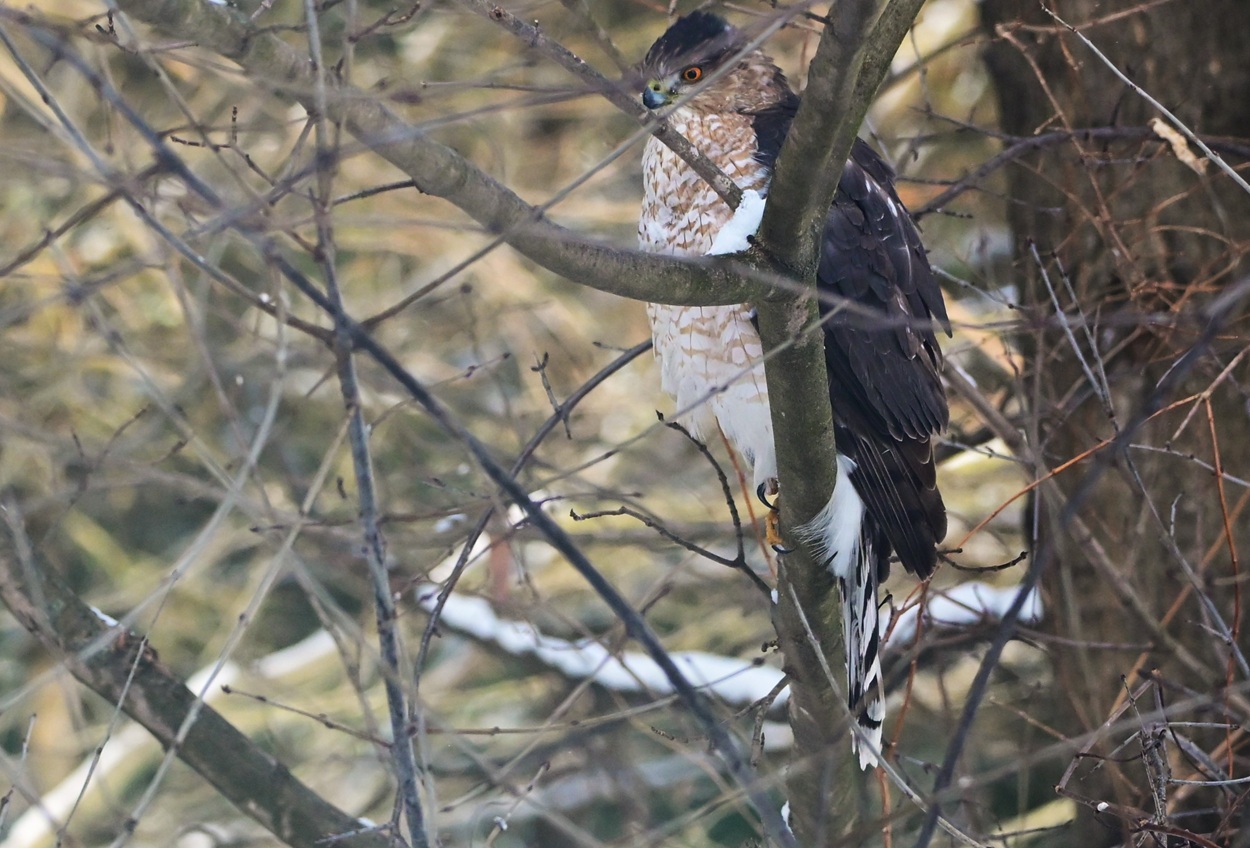
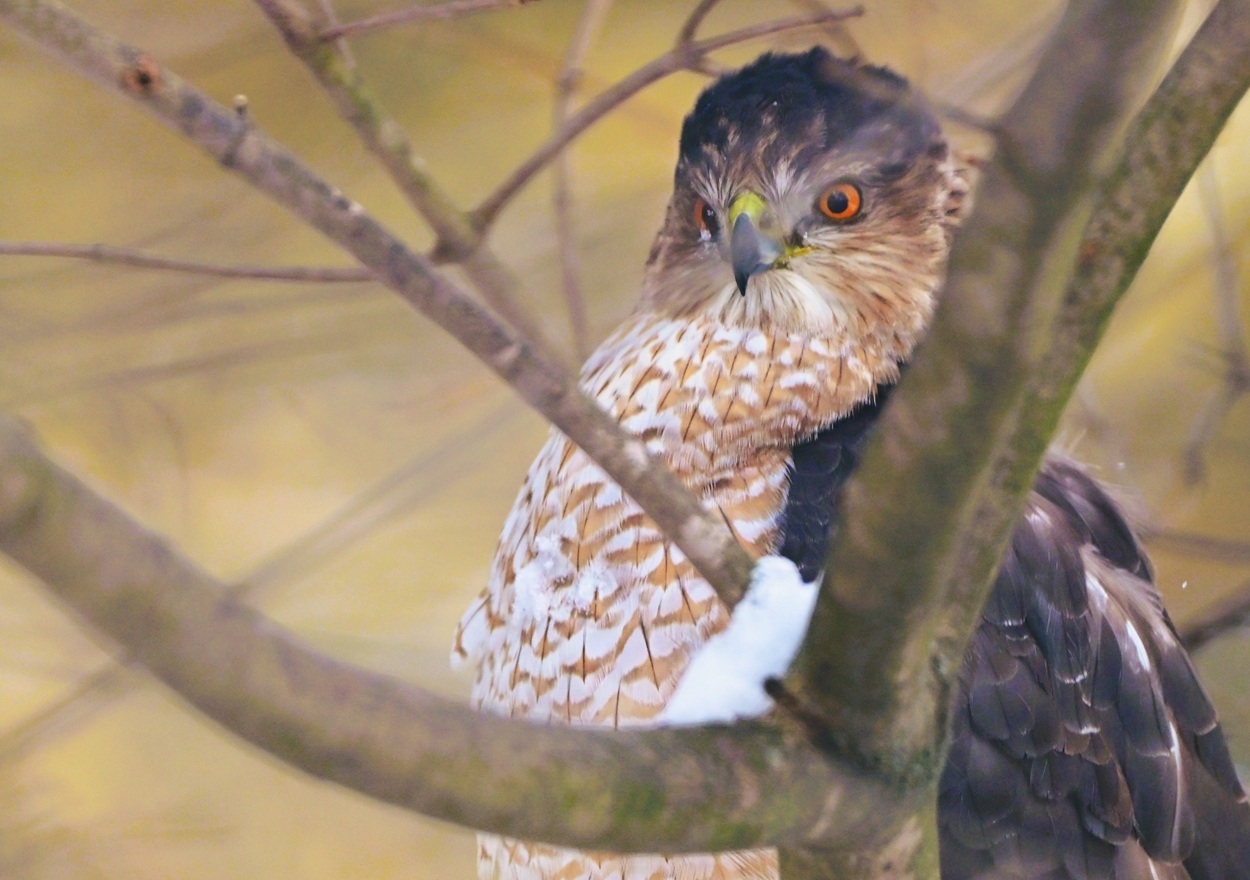
I wrote: Read the photograph and look at the images within the photograph – I put them there to tell my story:


In my life time many things have changed. Certainly the camera is one of those things:



I hope this photo-art piece prompts you to think about some of the many evolutions you got to enjoy in your lifetime.
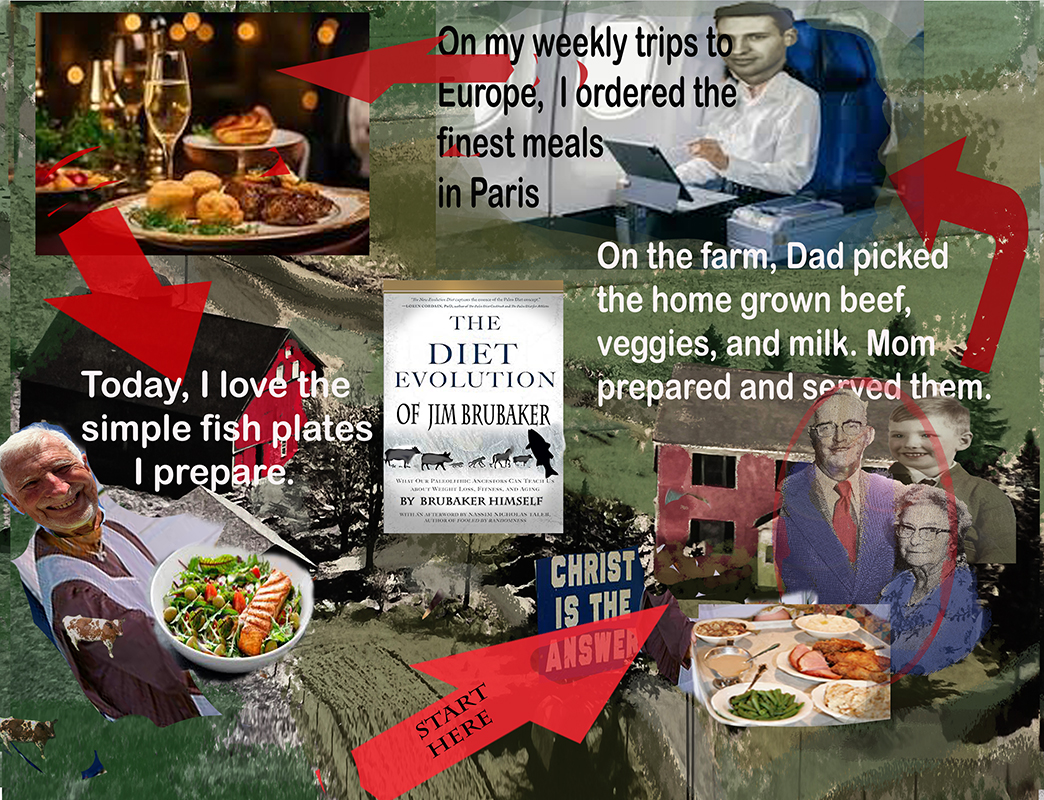

DAVE WROTE – Hi Jim, Here are some pictures for the blog. We are having a real winter here in upstate NY. We have 3 feet of snow on the ground. A Cooper’s Hawk on a rabbit kill and a Raven on the same kill the hawk left. Ravens have moved down to our area in the last several years. They used to be up north of us. Dave


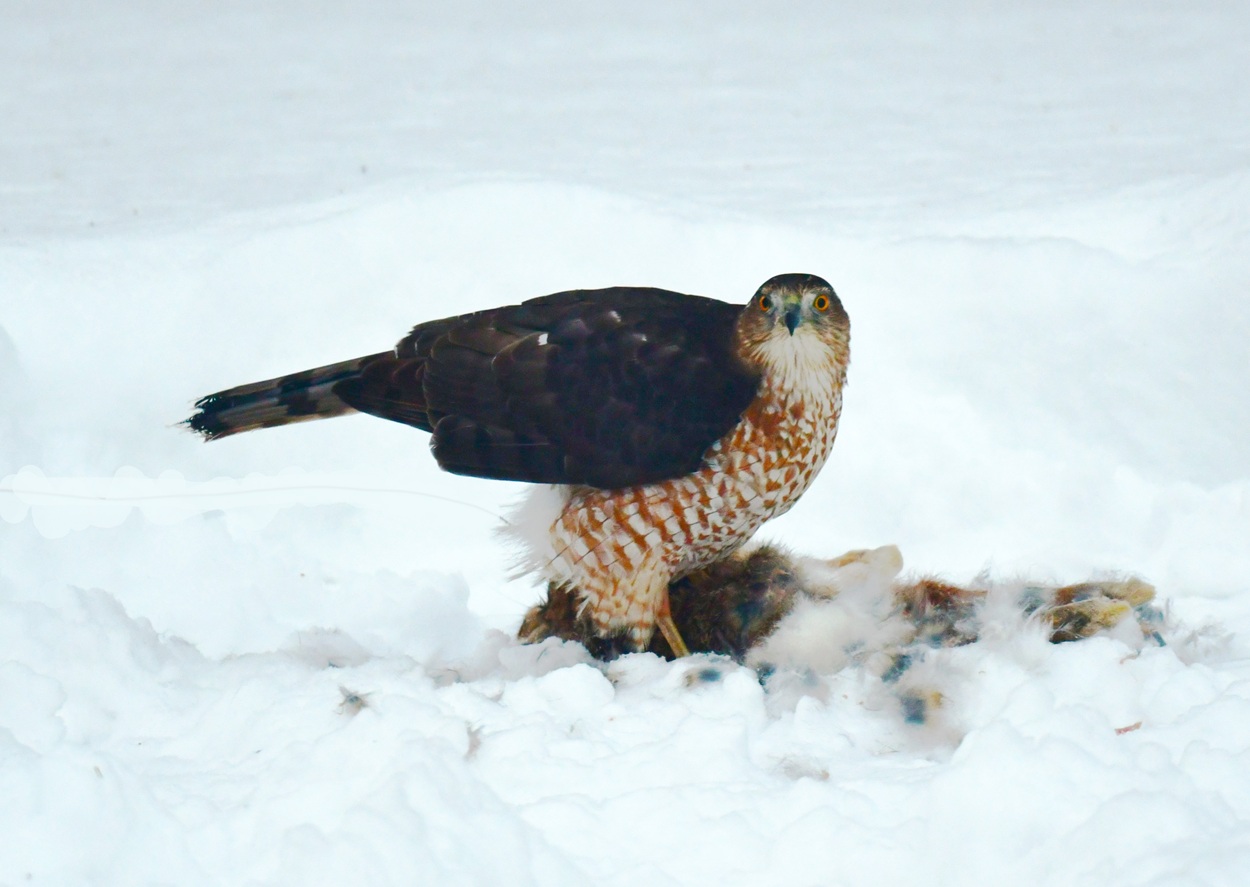

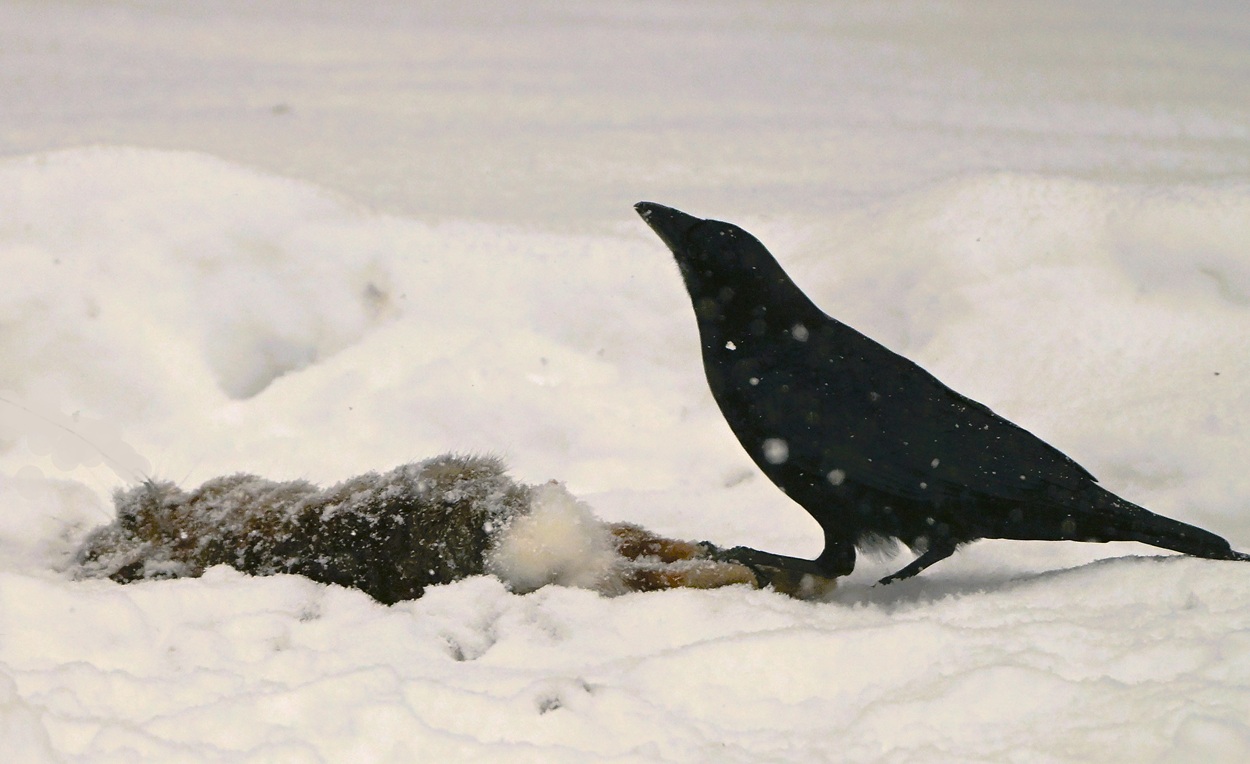
I WROTE: The story I tried to tell with this photo-art is: Two people could have such different growing up background’s in the 1950’s. Compare the environment of a country boy on the left and on the right, a person growing up in the sub-burb’s of a steel mill town near Pittsburg, Pennsylvania.
